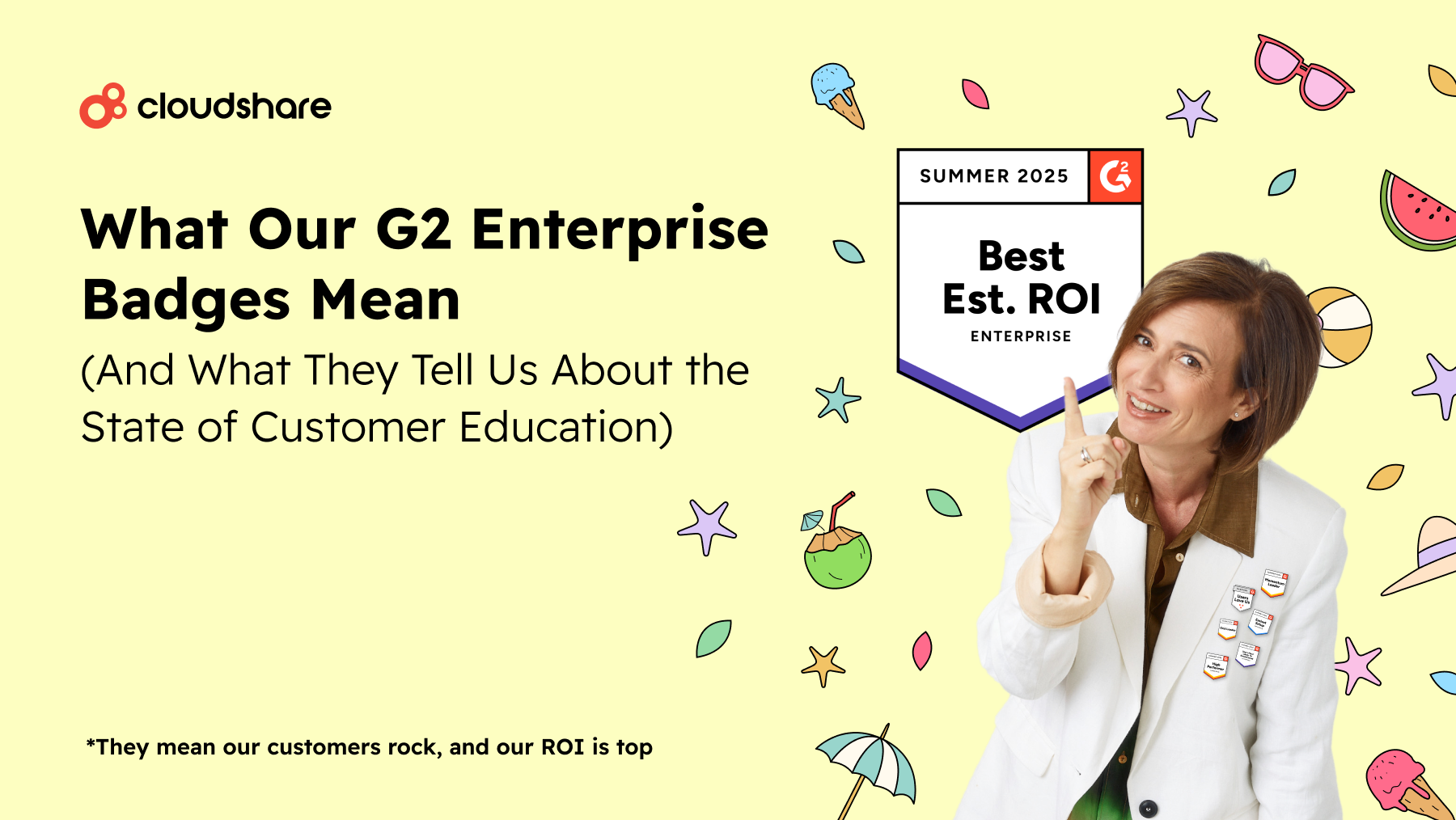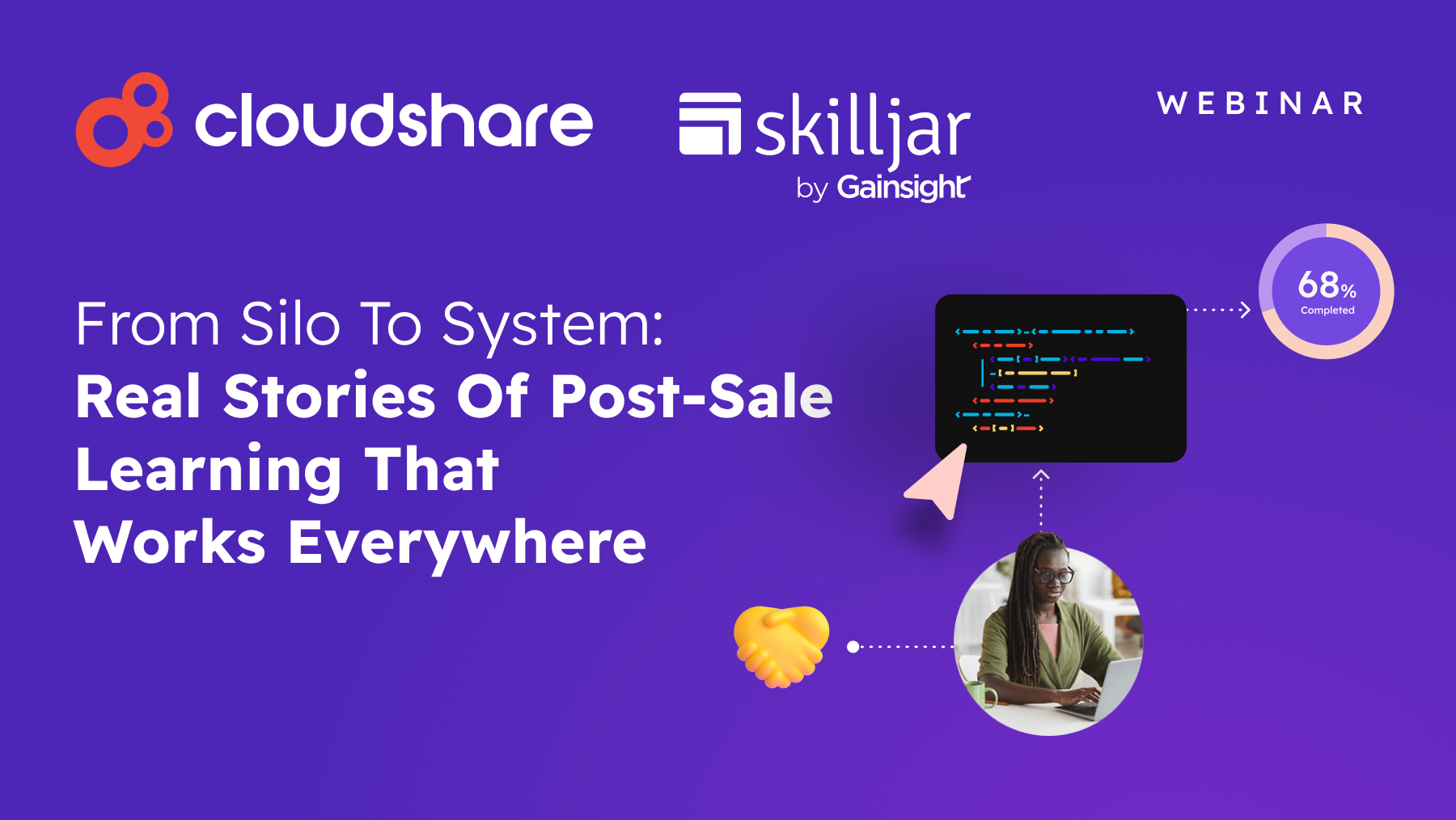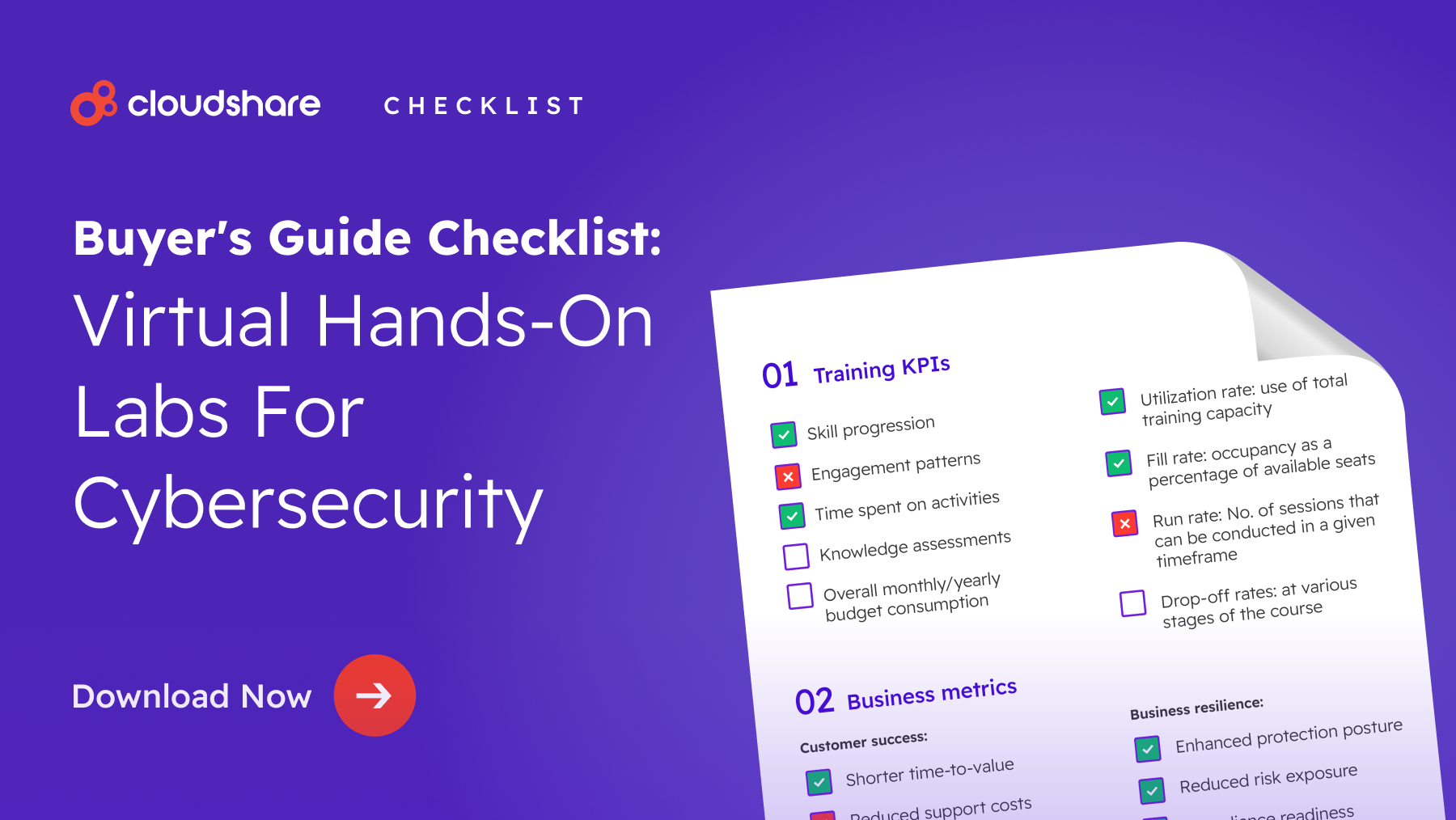
Most industry insiders believe 2024 will be a big year for customer education. Fittingly, the Customer Education Management Association (CEdMA) has some big plans.
To begin with, a structural change is in the works. What was previously CEdMA Europe will go by the name CEdMA Enterprise, a trade organization. Moving forward, CEdMA will become a global, individual organization focused on fostering the professional development of its members.
Debbie Smith is the president of CEdMA and senior director of Visier University. We had the opportunity to ask her about her outlook on customer education and the association she aims to re-invigorate.
It’s time to get tactical
Debbie told us that CEdMA, which has existed since 1993, has solidified what it is and will now recommit to its original intentions while still modernizing. They’re in the process of updating all their systems and developing new programs to give members a better customer experience.
A new website is in the works. A new YouTube channel is too. And the association’s annual conference, planned for April, in Atlanta, has a new name. “It will be known as ‘EmpowerEd,’ because we’re trying to empower our membership,” Debbie said. “I expect to see some similar topics to last year, but what I expect to be different is our ‘show me’ approach.”
“We’re going to get more tactical with the content we deliver and focus on how to execute customer education with a customer-first voice, how to put together strategies,
and how to prioritize projects.”
Debbie Smith, President, CEdMA
“Members want to see real examples of work products, like training plans.” She said few people share their plans, but they intend to make it happen.
“Members ask us, what does good instructional design look like? What are examples of good strategy? What’s a good curriculum development framework? How do you take that strategy and connect it to the tactical things you do daily?”
She cited an example of the new approach by describing an upcoming webinar series. “We’re asking three software vendors to solve specific challenges. The one we’ll do in January will be about solving a video challenge with AI software.”
AI is a hot topic
Debbie told us that CEdMA tunes into the preferences of its members via the feedback it gets from surveys, member outreach, and event attendance.
“We know we draw a large crowd when we do anything related to AI. Everyone’s wondering if it’s going to take their job. Will it make it easier? Harder? It’s the hot topic.”
When we interviewed Debbie for the eBook displayed above, she offered an interesting take on how AI will affect customer ed. “Some of the things that are going to change are the evolution of the AI tools and I think this is going to change the type of people we hire and the skills that people need to have to do customer education. I think the skills are going to be higher-level—more focused on problem-solving and applying technology.”
Debbie said CEdMA members can expect to see content to help them apply AI, but it’s just one of many topics to be covered. She listed strategy, metrics, operating efficiency, and syndication as examples.
Upskilling is a timely topic too
“Developing high-performing teams is definitely going to be a topic of conversation this year,” Debbie said. “How do you manage a team? How do you upskill your team?”
“There has to be constant upskilling. So, how do you approach that as a manager, as a senior director, or VP? We have to help our members understand how to make sure their whole team is performing at a high level and moving up.”
We had to ask about training modalities
With all the talk of self-service training programs over the past few years, we were interested to know if Debbie believes customer education is becoming more on-demand than live.
“That is what companies want, but not what customers want,” she said. “Companies are all about ‘I want to scale. I want eLearning. I want it easy. I want it now.’ But when you talk to the customers, they’re asking for more instructor-led training.”
“There’s so much we do on the computer, so much time spent with eLearning and watching videos. People are looking for more human interaction. That’s what I’m hearing them say.”
Next question: Do you see a bright future for VILT?
“Yes. VILT is here forever now. How do you engage your entire audience? How do you do the hands-on workshops? Those are huge topics because people need hands-on practice, so they can try it.”
“We all learn when we make mistakes. If you’re just doing a step-by-step clickthrough simulation, you’re not making real errors. You’re not going to learn as well. You have to be able to make real errors with the product, and the hands-on piece of VILT is so important for that.”
Is the value of customer education understood?
Debbie said with everything that’s happened recently and all the RIFs, people are afraid they’ll lose their jobs. “The question becomes, ‘How do I prove the value of what I do?’ There’s a real focus on strategy and value and connecting what we do to the impact it makes on the company.”
We asked if there is a battle going on where customer education in the software business has become more valuable but less respected.
“That’s exactly what’s happening,” Debbie replied. “It’s more important than ever and less funded than ever. CS is having the same type of problem. We’re seeing people post that CS should spend 30 percent of their time creating content. But wait a second! That’s what customer education is doing! People are trying to hold onto their value by doing more work and now we’re duplicating efforts across the company.”
Debbie explained that budget restrictions have become a challenge across the customer experience spectrum. For customer ed, it means the leaders need to make a good business case on how the group improves the company at large.
“With budgets being so tight, we look at how we can do more with self-serve training,” she said. “Can we create training-based revenue streams? And, most importantly, we have to focus on how customer education can decrease the cost to serve customers.”
Falling in love with customer education
As we wrapped up, we asked Debbie if any particular thing in her career thus far became an “aha” moment.
“Sure, it’s when I fell in love with customer education in 2018,” she replied. “I was at a company called Quickbase and I had done what everyone is always talking about doing: connecting the data from the learning management system to our BI analytics tool.”
“I gathered phenomenal data that showed that if my customers had taken e-learning, they had about an 11% increase in ARR. If they had taken instructor-led training, they had an increase of about 25%. And if they were fully certified, even with one employee certified, we saw an increase in ARR by 69%.”
She concluded, “The entire reason customer education exists is not to teach people how to use your software. We exist so they buy more product, use more product, and churn less. I was like, ‘Wow, I can really show how what I’m doing on a daily basis connects with the corporate goals.’ I thought, “This is what I need to help people do.”




